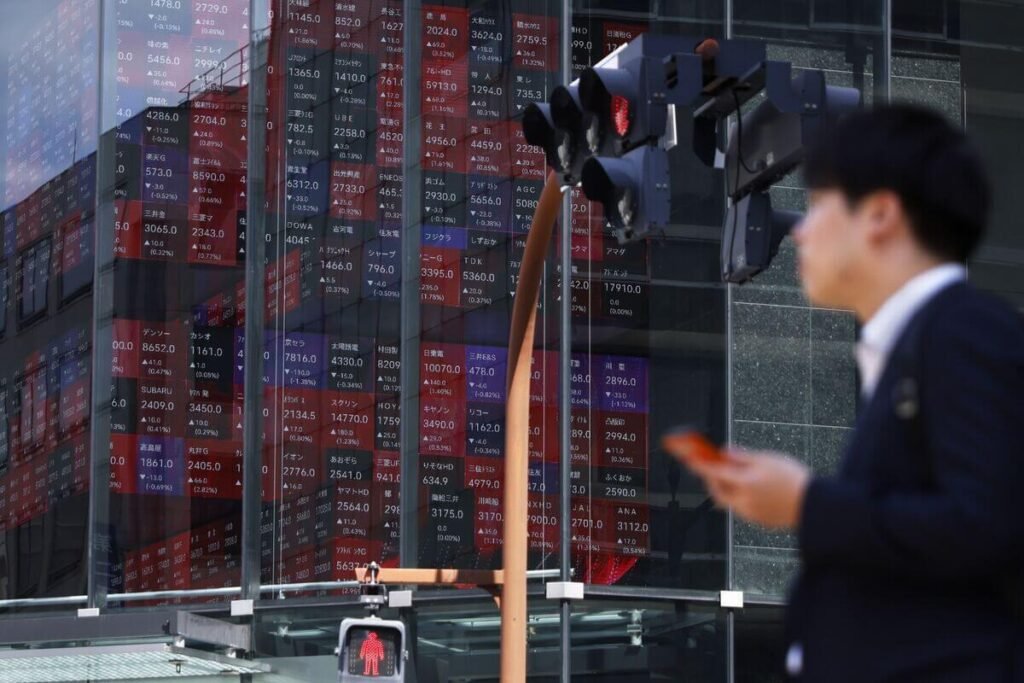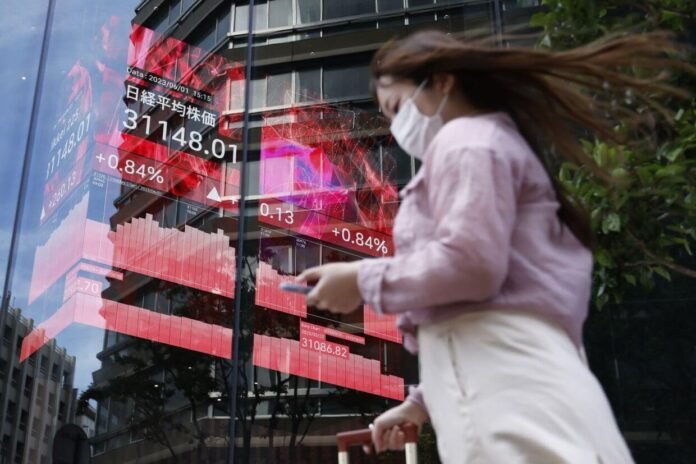This Content Is Only For Paid Member
The Japanese yen witnessed a surge of up to 1.1% amid growing speculation that the Bank of Japan (BOJ) is considering the end of its negative interest rate policy. As the yen strengthened, Japanese stocks and bonds experienced declines, impacting the nation’s financial markets. Meanwhile, optimism surrounding artificial intelligence (AI) boosted shares in Korea and Taiwan, fueled by the Nasdaq 100 index’s rally. In contrast, mainland China’s markets rose, while Hong Kong’s saw a decline.
Ayako Sera, a market strategist at Sumitomo Mitsui Trust Bank Ltd., noted that the notable fluctuations in the exchange rate led to an inevitable fall in Japanese stocks due to yen appreciation. However, she emphasized that since a strong yen benefits some Japanese companies, the decline in stocks is likely to be limited.
Traders are closely monitoring statements from Governor Kazuo Ueda, who hinted at facing more challenges in his role from year-end. Speculation arises that this could indicate the BOJ’s inclination to lift its sub-zero benchmark rate soon. The yen’s rise to its highest level since August reflects a shift in currency bets.

Despite Japan’s economy contracting more than anticipated in Q3, potentially signaling a fragile recovery, Krishna Guha at Evercore expresses skepticism about a surprise rate hike in December. He suggests that a move early in the new year is more plausible, with an April hike being even more likely.
In Hong Kong, profit-taking on the year’s top performers led to share declines while the benchmark tested technical support. Conversely, chip makers in Taiwan and Korea surged following the Nasdaq 100’s 1.5% jump, driven by Alphabet Inc.’s 5.3% rally after the release of Google’s “Gemini,” described as the “largest and most-capable AI model” ever built.
Yung-Yu Ma at BMO Wealth Management highlighted the potential of AI to drive significant productivity gains in 2024 and beyond. He mentioned that resilience, adaptability, and innovation observed in the economy during 2023 are expected to continue in 2024.
Attention now turns to the Reserve Bank of India’s policy decision, with expectations that it will maintain its hawkish stance amid robust economic growth and Prime Minister Narendra Modi’s recent state election victory.
Looking ahead, investors eagerly await the US non-farm payrolls report to gauge further evidence of a cooling labor market, influencing the outcome of the Federal Reserve’s policy meeting. Wild market swings are anticipated in the coming week as key economic data and the Fed’s December meeting take center stage.
In summary, the intricate dynamics of currency fluctuations, central bank policies, and global economic indicators continue to shape market sentiment, contributing to both gains and losses in different regions.




